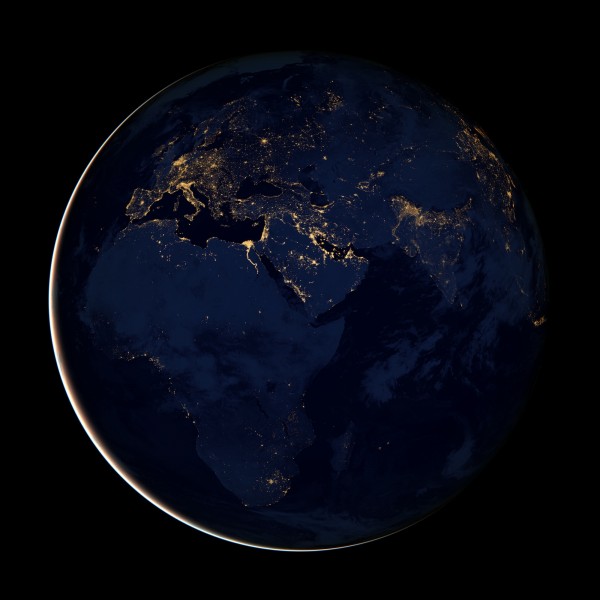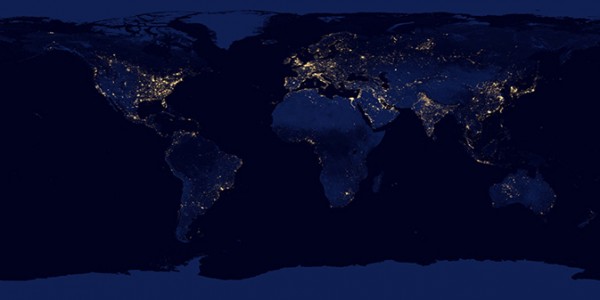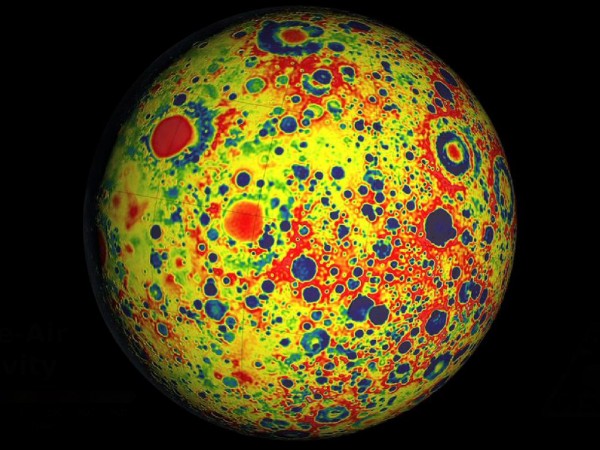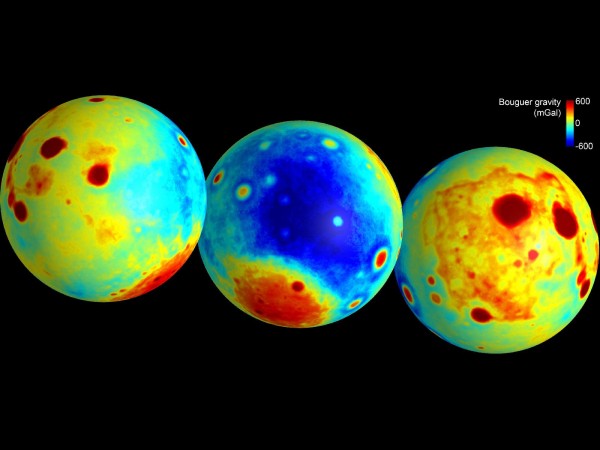![]() NASA unveiled a couple of rather beautiful things at AGU last week – and despite actually being at the conference, I haven’t really had the time to sit back and appreciate them until now. The first was the ‘Black Marble’, a composite image of the Earth at night courtesy of Suomi satellite that is both starkly beautiful, and sobering.
NASA unveiled a couple of rather beautiful things at AGU last week – and despite actually being at the conference, I haven’t really had the time to sit back and appreciate them until now. The first was the ‘Black Marble’, a composite image of the Earth at night courtesy of Suomi satellite that is both starkly beautiful, and sobering.

Black Marble: Africa and Europe at night, as viewed by NASA’s Suomi Satellite. Source: NASA Earth Observatory.
The name is presumably intended to place this new image as a counterpoint to the Blue Marble, and it is, on a number of levels beyond the obvious night/day distinction. The original Blue Marble, with its subsidiary greens and browns, has always been held up as an exemplar of the beauty of our life-bearing planetary ark, sailing through the black vastness of space. The Black Marble, dominated as it is by the lights of our cities and roads, provides stark visual proof of how our species is driving a grand alteration of our ‘pale blue dot’. Carbon dioxide might be invisible, but street lights are not.

Black Marble: the whole Earth view. Source: NASA.
Sadly, whilst the multiplying and increasingly serious consequences of our grand experiment in inadvertent geo-engineering experiment were also spelled out in San Francisco last week, politicians in Doha who managed but a few faltering steps towards actually addressing the looming climate crisis. It’s pretty astounding to think that when it comes to climate change, the political process is actually moving more slowly than some geological ones.
Moving to impacts of a different kind, the other images that made me go ‘ooh’ when I saw them last week were the lunar gravity maps generated by the GRAIL satellites. The initial product is rather handsome, with most craters still appearing as negative gravity bullseyes, indicating excavated or vaporised crust

The Moon as seen by the GRAIL gravity satellites. Source: NASA.
But I think that the Bouger gravity maps – which, more or less, filter out the effect of the surface variations in mass caused by topography to reveal subsurface structure – are even better. Especially since that these data are in many ways transforming our understanding of the structure and geological history of the Moon, and at worst giving us the story in far more detail than we’ve ever had before. Impacts that blew a hole through the entire lunar crust! Most of the crust is formed of low density impact breccia! Giant, super-ancient dykes formed by expansion!
If you want the full story on the GRAIL data, you should sit down to read this truly wonderful explainer by Emily Lakdawalla. Fabulous imagery and cool science – what more could you ask for?




Nice plan for content warnings on Mastodon and the Fediverse. Now you need a Mastodon/Fediverse button on this blog.